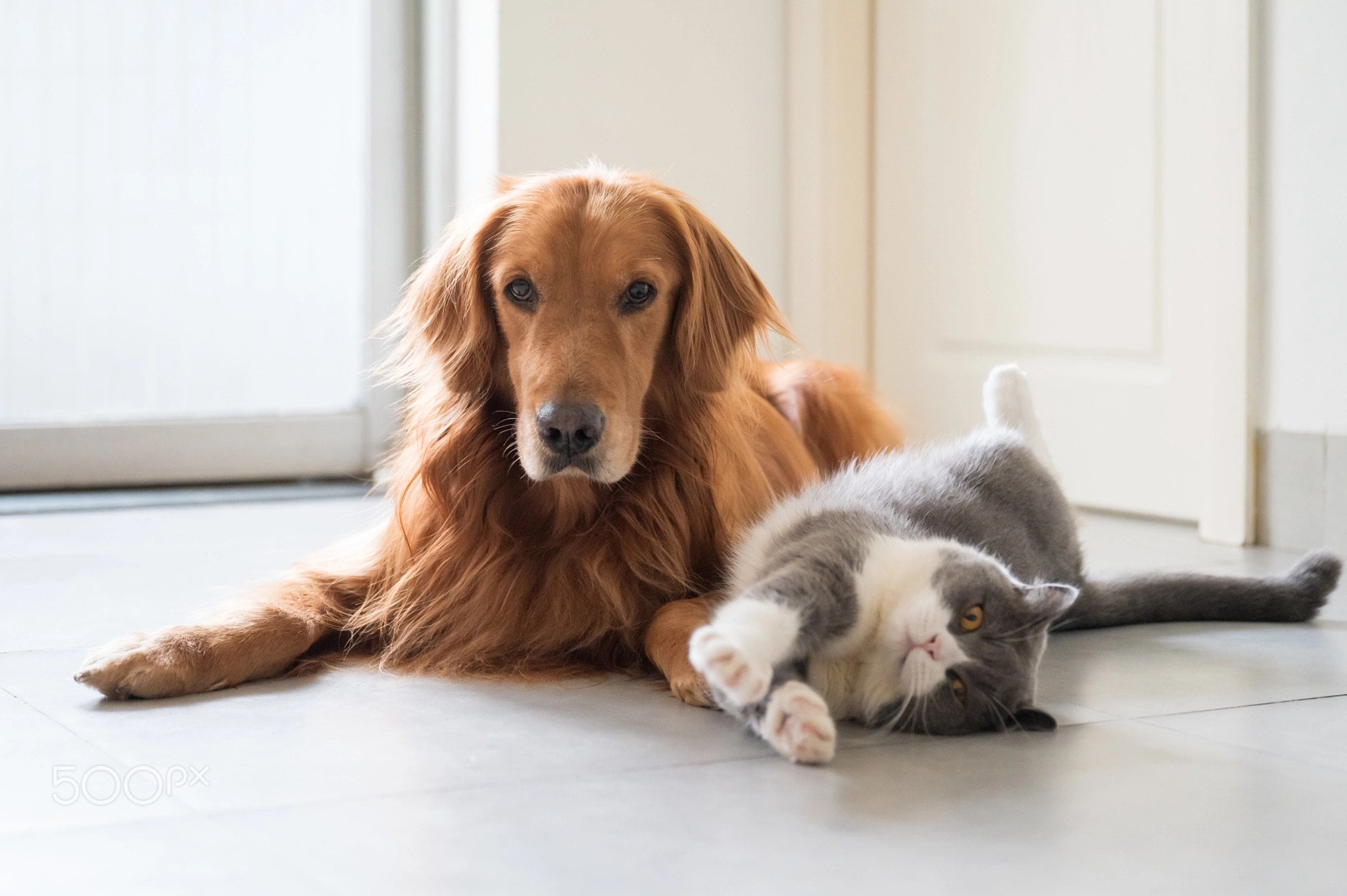
How to Train Your Dog and Cat to Live Together
Jul 16 , 2025
As evening settles over my home in Manchester, I often watch the local cats and dogs navigate the quiet streets with a kind of unspoken agreement, a respectful understanding of space. This natural harmony is what so many of us dream of for our own homes. Bringing these two very different species under one roof, however, transforms you from a simple owner into a diplomat, a translator, and a patient teacher.
As a professional pet trainer and journalist, I can assure you that creating a peaceful, multi-pet household is entirely possible. It is not a matter of luck, but of process. This guide combines the step-by-step method, the psychological insights, and the troubleshooting solutions you will need to broker a lasting peace in your own furry kingdom.
Part 1: The Foundation – Understanding and Preparation
Before a single whisker meets a wet nose, you must lay the groundwork. Success is built on security and familiarity.
First, Understand Your "Diplomats": The core conflict is one of culture. Cats and dogs are wired differently.
-
The Cat (The Cautious Sovereign): Your cat views your home as its territory. Its language is subtle—an ear twitch, a tail flick—and its priorities are security, control, and having a guaranteed escape route. To a cat, a boisterous dog is a frighteningly unpredictable invader.
-
The Dog (The Eager Socialite): Your dog is often a pack animal looking to connect. Its language is overt—play bows, wagging tails—and it sees the cat as a confusing new family member to be investigated. A cat's hiss is a puzzle and its flight is an invitation to chase.
Your job is to translate, ensuring the cat feels safe and the dog learns boundaries.
Next, Set the Stage for Success:
-
Create a Cat Sanctuary: Designate one room to be a dog-free zone. This room must contain the cat’s litter box, food, water, a comfortable bed, and a scratching post. This is the cat's "embassy," a non-negotiable safe space where it can decompress without fear.
-
Begin with Scent Swapping: The first introduction should be through smell. Swap their blankets or beds for a few hours each day. This allows them to gather information about each other in the safest way possible, reducing the shock of a first meeting.
Part 2: The Step-by-Step Introduction Process
Once your pets are calm with each other's scents, you can begin the carefully managed introduction process. Patience is your most valuable tool.
Phase 1: Visual Contact, No Physical Access
-
Use Barriers: Install a stacked pair of baby gates in a doorway or use a door propped open just a crack. This allows them to see and smell each other more directly without any risk of physical contact.
-
Create Positive Associations: The goal is to make the sight of the other animal predict good things. The most effective way to do this is to feed them their meals on opposite sides of the barrier. This builds a powerful positive connection. Keep these sessions short (5-10 minutes) and always end on a calm note.
Phase 2: Leashed and Supervised Introductions
-
Dog on Leash, Cat Has Freedom: In a common area, keep your dog on a leash at all times. The cat must have the freedom to retreat whenever it wants, preferably to a high perch like a cat tree or bookshelf. A cat that feels trapped will panic; a cat that can escape will feel brave.
-
Reward Calmness: This is your primary job. Heavily reward your dog with high-value treats for any calm behavior—a sit, a down, or simply ignoring the cat. Your goal is to teach your dog that being "boring" is the most profitable action. Toss treats to your cat for being brave enough to stay in the same room.
-
Teach "Leave It": This command is your superpower. Practice it with your dog away from the cat first. Then, use it to interrupt any intense staring at the cat, rewarding your dog handsomely when it breaks its gaze and looks at you.
Part 3: Troubleshooting the Truce
Even with a perfect plan, you may hit roadblocks. Here’s how to navigate them.
-
Problem: My dog won't stop chasing the cat. Solution: This is a prey-drive instinct. Immediately go back to keeping the dog on a leash indoors. Increase the dog's physical exercise and mental stimulation (puzzle toys, training sessions) to burn off excess energy. Ensure the cat has plenty of high escape routes.
-
Problem: My cat is hiding and seems terrified. Solution: You've moved too fast. Reset the clock to Phase 1. Reinforce the "Cat Sanctuary" as a 100% dog-free zone. Spend quality time with the cat separately to rebuild its confidence before attempting introductions again, much more slowly this time.
-
Problem: The dog's "play" is too rough for the cat. Solution: Intervene calmly and immediately. An "oops!" and leading the dog away for a brief time-out is enough. The dog must learn that rough behavior makes the fun (the cat's presence) disappear.
-
Problem: The cat is actually bullying the dog! Solution: Yes, this happens. A confident cat may stalk or swat a timid dog. Advocate for your dog by using a toy or noise to interrupt the cat's stalking. Ensure the dog also has a safe space (like its crate) where it can rest without being harassed.
The Goal: A Peaceful Coexistence
The transition to supervised off-leash time should be gradual, and you should always separate the animals when you cannot directly monitor them until you are absolutely certain of their relationship.
Remember, the ultimate victory is not necessarily a cuddly friendship, but a peaceful and stress-free home where both animals feel safe and respected. By acting as a patient translator and a calm leader, you can guide your very different companions toward a lasting truce, creating the harmonious household you’ve always wanted.
Ellefancy Pets
